Review
Mini's new arrival delivers impressive on-road performance, a high-quality interior and excellent refinement. With enhanced practicality, but compact dimensions, it's a great small electric car for the corporate market.
Overview
Mini has made significant progress with the renewal of its entire line-up this year and now offers three fresh models, all with electric powertrains.
The Aceman is an all-new nameplate, introduced to bridge the gap between the Cooper and Countryman.
It is Mini’s first and only electric-only model as the Cooper and Countryman can both be had with combustion engines.
The Aceman is officially billed as a crossover and comes with black plastic cladding around the wheel arches as a result. But really, it’s more hatchback than SUV. Its key rivals are the Volvo EX30, Smart #1 and Fiat 600e, but it’s more compact than those and similar in size to an MG 3.
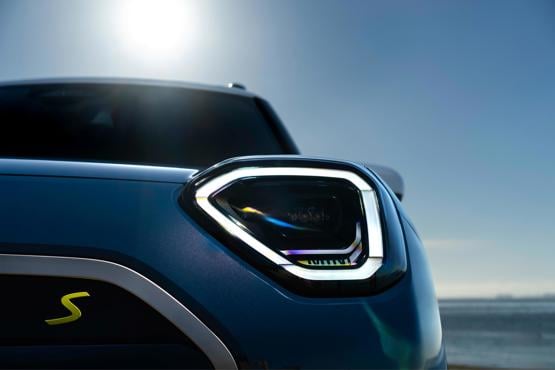
From a styling perspective, it follows Mini’s latest design language which includes flush fitting door handles and more straight edges.
Pricing starts at £31,800, for the Aceman E, or £36,600 for the Aceman SE. The SE has a larger battery and more power.
There are three trim levels: Classic, Exclusive and Sport, which can each be enhanced with option packs known as Level 1, Level 2 and Level 3.
Comfort and practicality
The Aceman’s interior is spacious, when compared to a Mini Cooper, and comes with the advantage of five doors rather than three.
Mini has given all three of its newcomers the same high-end interior treatment. There’s a noticeable uplift in quality with premium and tactile materials used for the crucial touchpoints.
The top of the dash is finished in a textured fabric, rather than the usual black plastic. It gives a quirky and eye-catching appearance, especially at night when it’s illuminated by ambient lightling. The air vents are neatly integrated into a central slot beneath, while a textile strap runs over the top of the dash in line with a matching piece on the steering wheel.
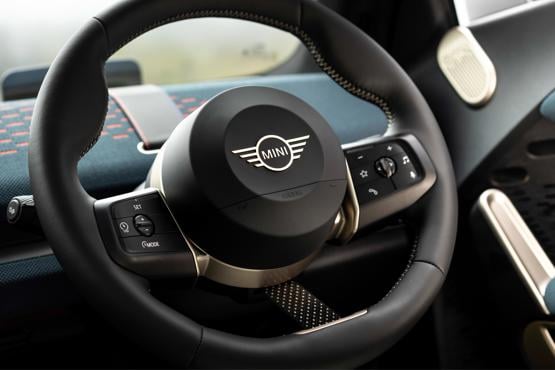
Drivers sit low in the car, thanks to a sporty driving position that is synonymous with Mini, and the seats are supportive and comfortable.
With a stretched wheelbase, there’s a decent amount of room for all on board. Three adults could squeeze onto the rear bench, if needed, and the boot has a volume of 300 litres, which is bigger than the Smart #1s, but slightly smaller than the EX30s.
Safety and technology
Along with its new interior architecture Mini has also created a new infotainment system. Using a central, circular display, the new screen takes inspiration from Mini’s iconic centrally mounted speedometer which has been a key feature on all its cars.
The display is relatively small, by modern standards, and does pack in a lot. The top section is reserved for instrument cluster functions as there’s no separate driver display. That means speed, remining range, and battery charge level are all found here.
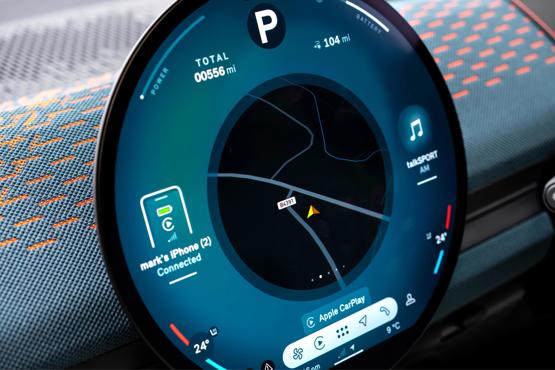
The central portion displays all the infotainment functions, which are accessed by swiping the screen left or right to scroll through the different apps. We found the system to be a little laggy, especially when the car was first switched on. There’s a few quick access icons for function like navigation and media but reaching things like the trip computer can be a bit fiddly.
Climate controls are found at the bottom of the screen. The driver and passenger temperature is always displayed but other functions, like heated seats, are found within a separate menu.
All Aceman variants are equipped with lane keep assist, blind spot monitoring, front and rear collision prevention, cruise control and a reversing camera.
Opting for the Level 3 specification (+£4,500) brings adaptive cruise control with lane following, a 360-degree camera system and built in dashcam.
Driveability and range
Mini offers two powertrain options on the Aceman, both shared with the Mini Hatch. The Aceman E is equipped with a 38.5kWh (useable) battery, giving a WLTP range of 192. This battery is paired with a 184PS electric motor.
The Aceman SE has a larger 49.2kWh battery and a more powerful motor. With 217PS on tap, it can accelerate from 0-62mph in 7.1 seconds, while the E takes 7.9.
In real world driving scenarios, we found very little difference between the two powertrains. The test models we sampled were even showing the same 133 miles of predicted range from a full charge.
Efficiency was similar, too. Both cars could achieve 3.0mi/kWh, in less than ideal conditions. For a small EV this isn’t great, even in colder conditions. Our test route was only short, covering around 30 miles, but the rate of charge seemed to deplete quite quickly. On a longer run, in the SE, the efficiency crept up to 3.9mi/kWh.
Based on our testing, a realistic range estimation would be around 140 miles for the E and 180 miles for the SE.
Recharging the battery takes around 30 minutes using a rapid charger and both models support 11kW AC charging.
Both powertrains offer impressive performance with immediate acceleration. There's a little bit of scrabbling from the front wheels on wet roads, owing to the car's front-drive configuration, if you try and pull away too quickly but otherwise the Aceman is a stable and confidence inspiring car. Ride qulity errs on the firm side, but isn't too harsh and overall, the Aceman is a extermely refined car. At higher speeds it remains quiet and planted, while on country lanes it's eagerness to take corners makes for an engaging drive.
Company car tax and running costs
The Aceman represents good value when compared to rival models, especially when you a consider it costs around the same as a mid-spec Vauxhall Corsa Electric.
Fleet buyers may favour the five door Aceman over the three door Mini Cooper Electric, but there’s not a massive price hike between the two and running costs - according to the Fleet News Car Running Costs tool - remain low at less than 30p per mile (4yr/80k) for the base model.
Drivers can expect monthly company car tax bills of around £11 per month for the Aceman E. All variants sit in the 2% benefit-in-kind tax band.
We’d expect most drivers to favour the long-range Aceman SE, which starts at £36,600 and has running costs of 33ppm. The pricing for this model is more closely aligned with the Volvo EX30, although even the base model Volvo can go further between charges and has more power.
Matt has been an automotive journalist for nine years and has driven just about every new car and van that's on sale. As content editor - vehicles he is responsible for the automotive content on Fleet News and also contributes to Automotive Management. Prior to this, Matt worked in the automotive industry for 10 years.


Specs
| Manufacturer | MINI |
| Model | Aceman Electric Hatchback |
| Specification | MINI Aceman Electric Hatchback 135kW E Classic 43kWh 5dr Auto |
| Model Year | 2025.00 |
| Annual VED (Road tax) | £10 |
| BIK List Price | £28,840 |
| Range | 192.00mile(s) |
| CO2 | N/A |
| BIK Percentage | 3% |
| Insurance Group | N/A |
| CC | 1 |
| Fuel Type | Electric |
| Vehicle Type | Compact SUV |
| Luggage capacity (Seats up) | 300litres |
| Doors | 5 |
Running Costs
| P11D | £28,840 |
| Cost per mile | 31.83ppm |
| Residual value | £12,450 |
| Insurance group | N/A |
| Fuel Type | Electric |
| Cost per mile | 106.43ppm |
| Fuel | 2.04ppm |
| Depreciation | 96.95ppm |
| Service maintenance and repair | 7.44ppm |
Rivals
Info at a glance
-
P11D Price
£28,840
-
MPG
N/A (WLTP) -
CO2 Emissions
N/A -
BIK %
3% -
Running cost
3 Year 60k : £12,450 4 Year 80k : £9,950 -
Fuel Type
Electric -
Range
192.00mile(s)

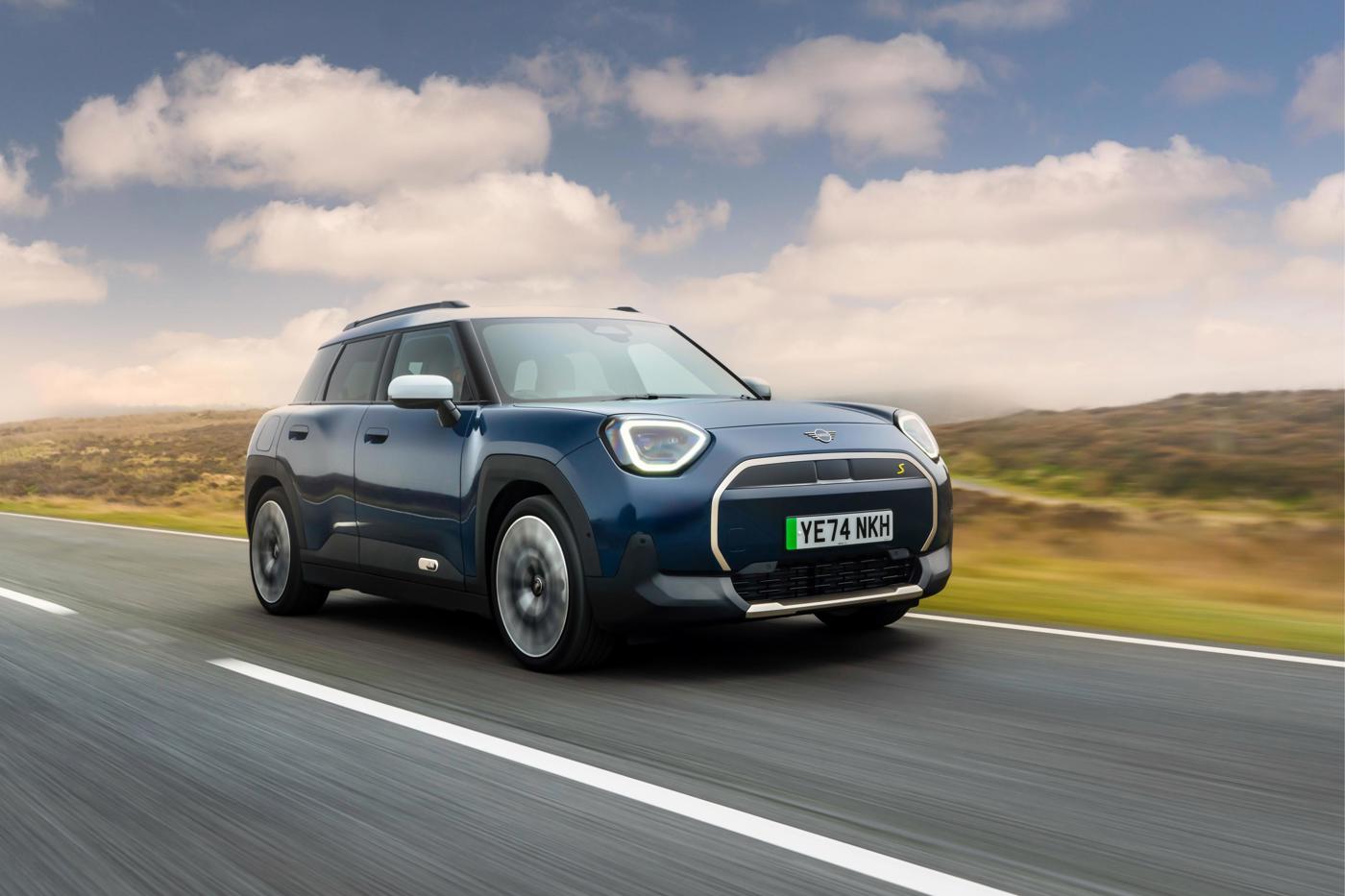
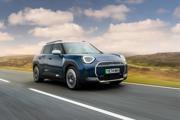

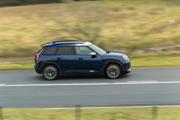
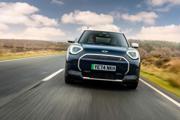



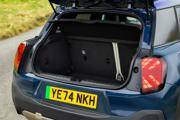
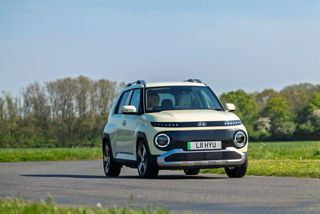
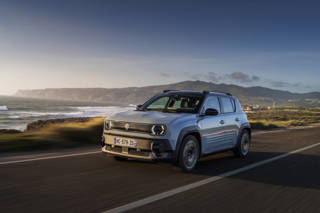
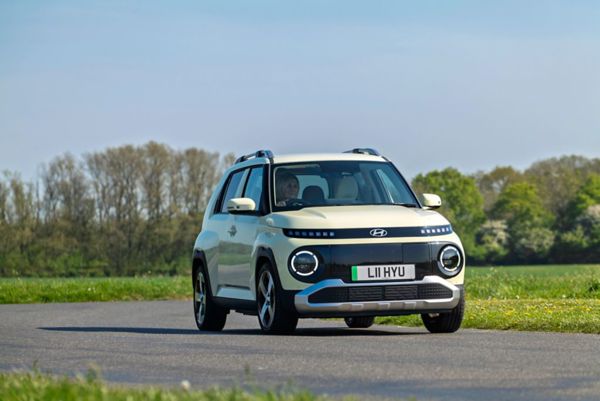
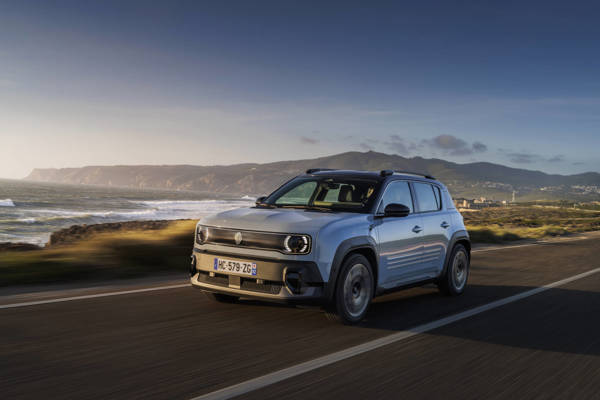
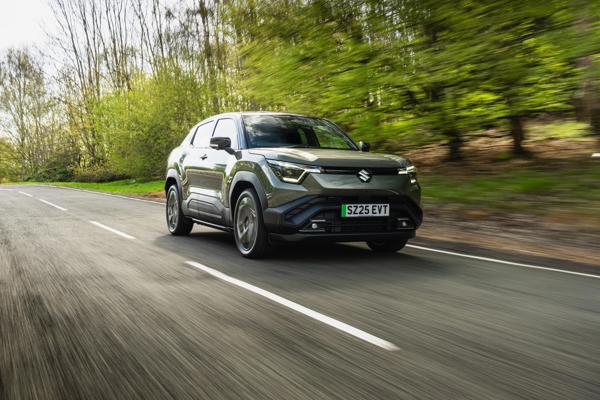
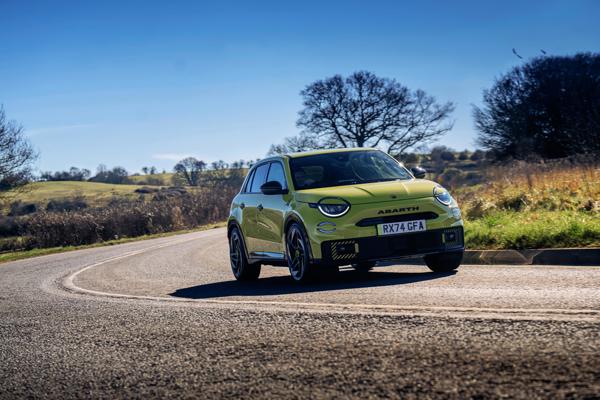
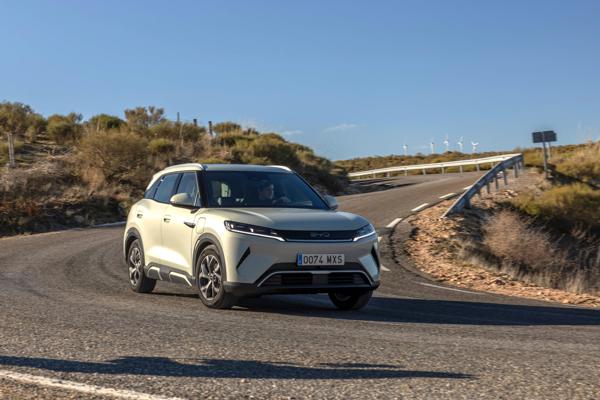
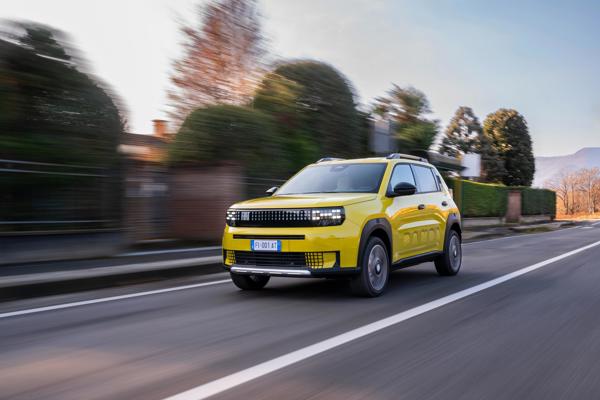
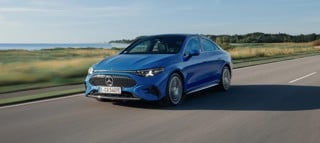
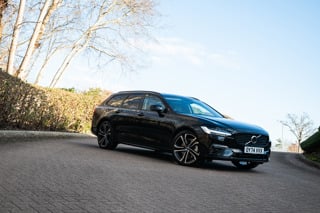
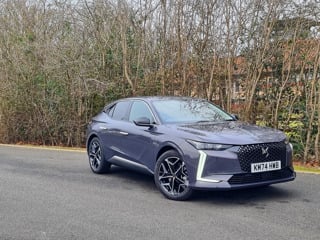
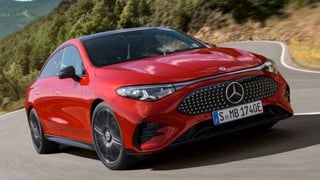













Login to comment
Comments
No comments have been made yet.